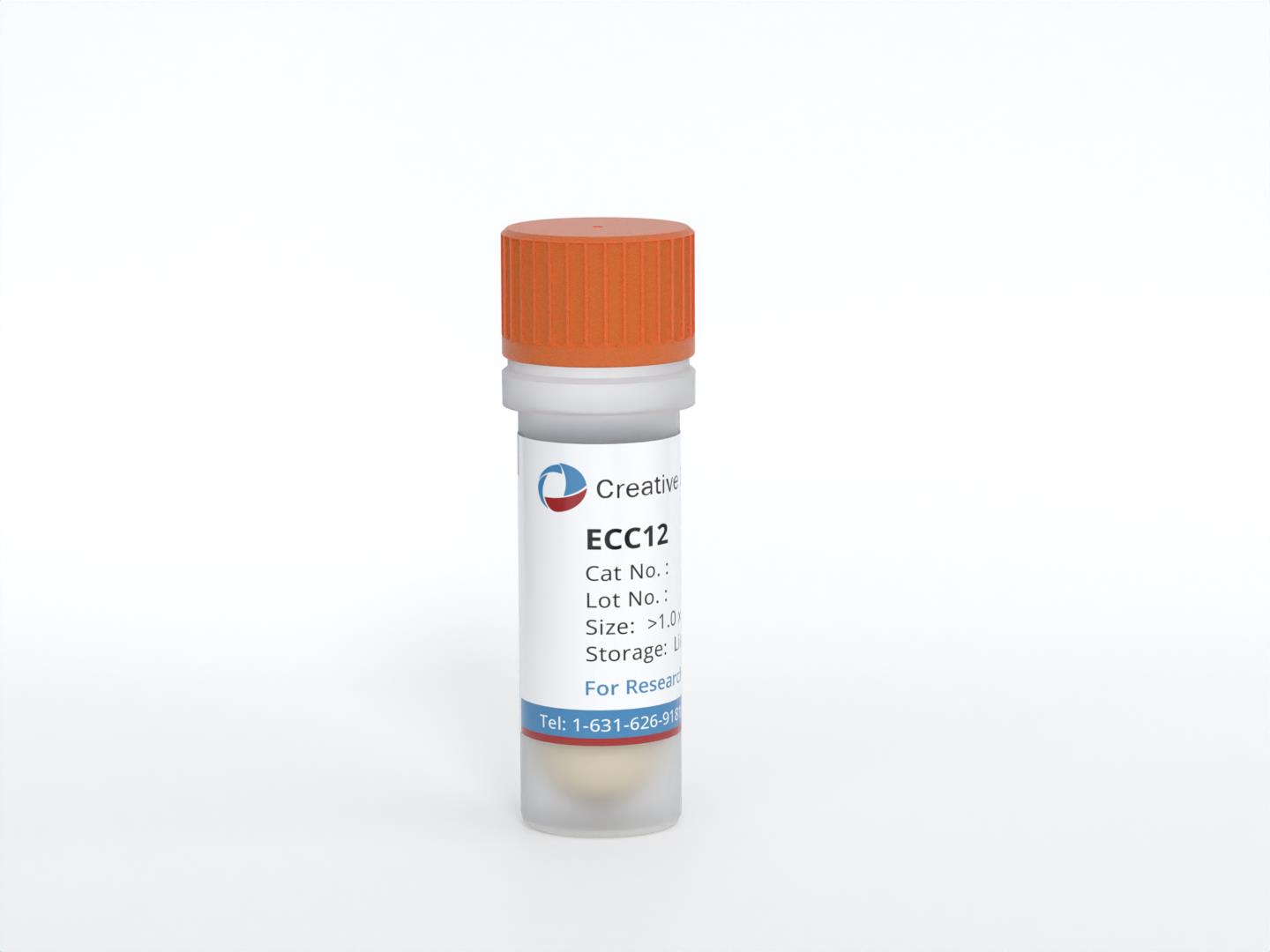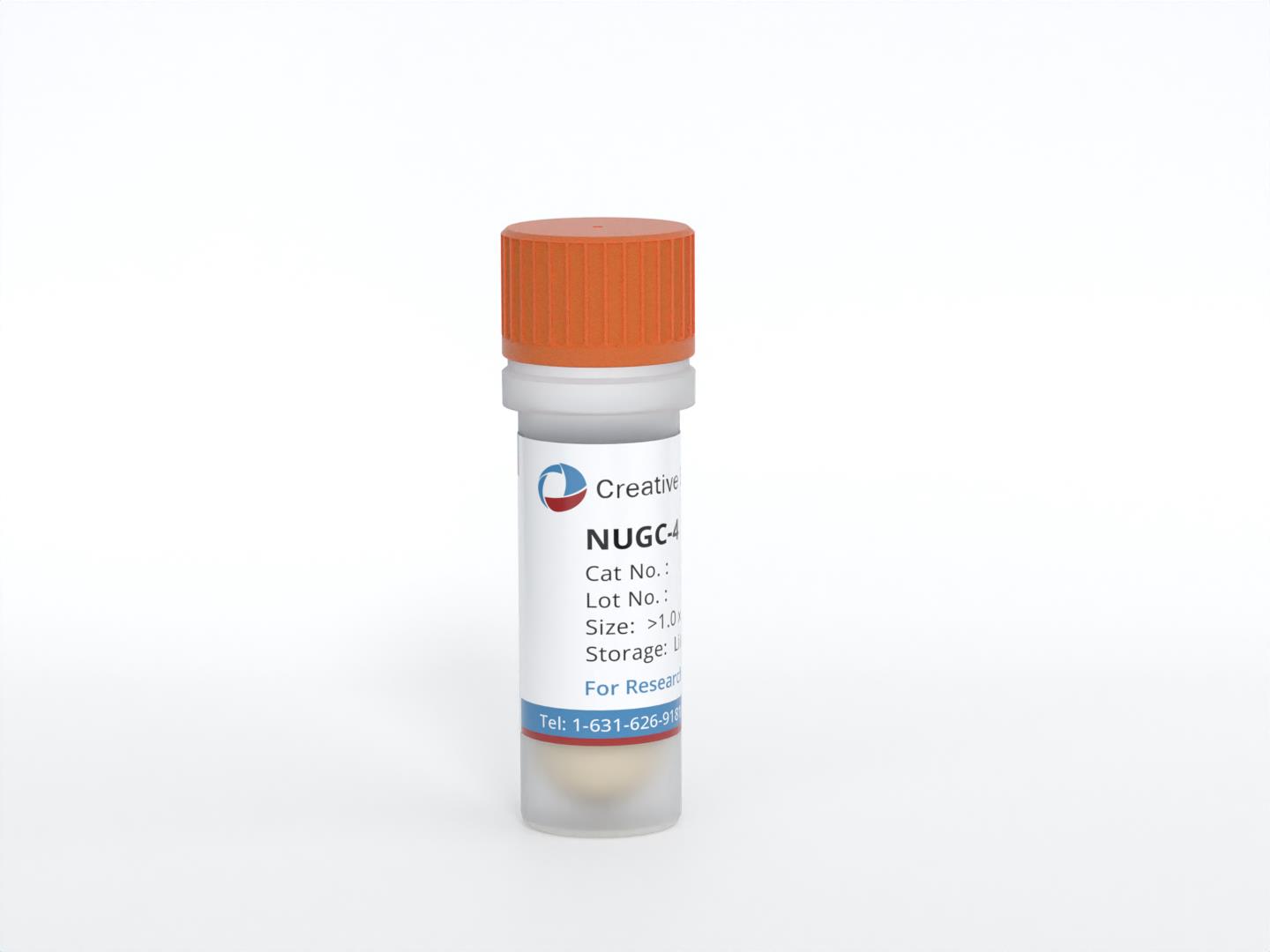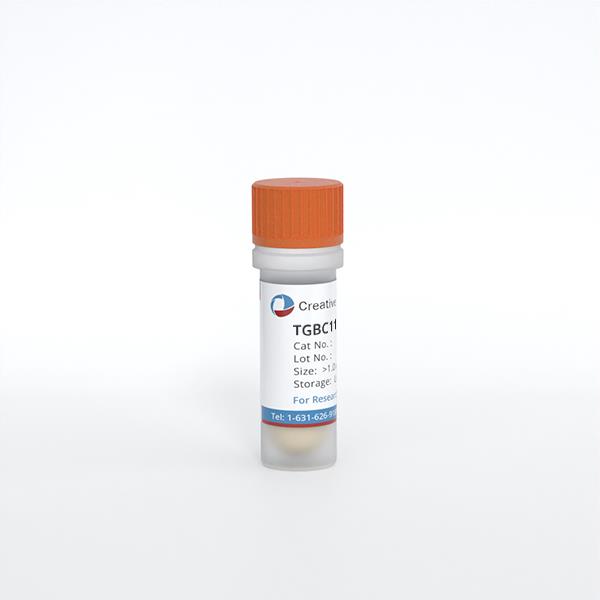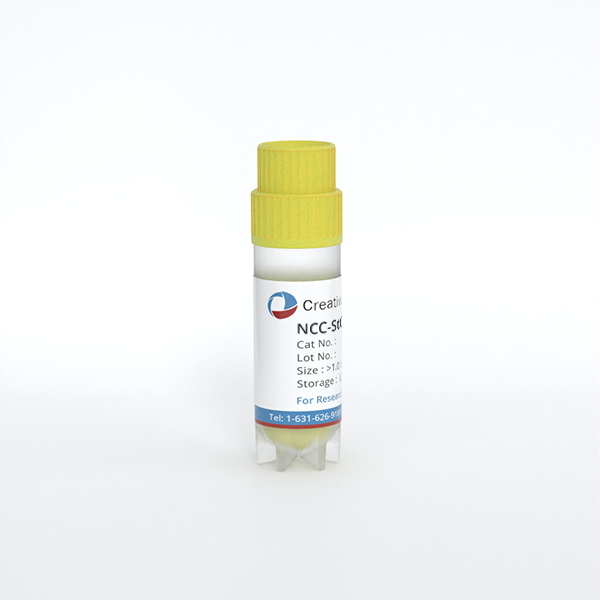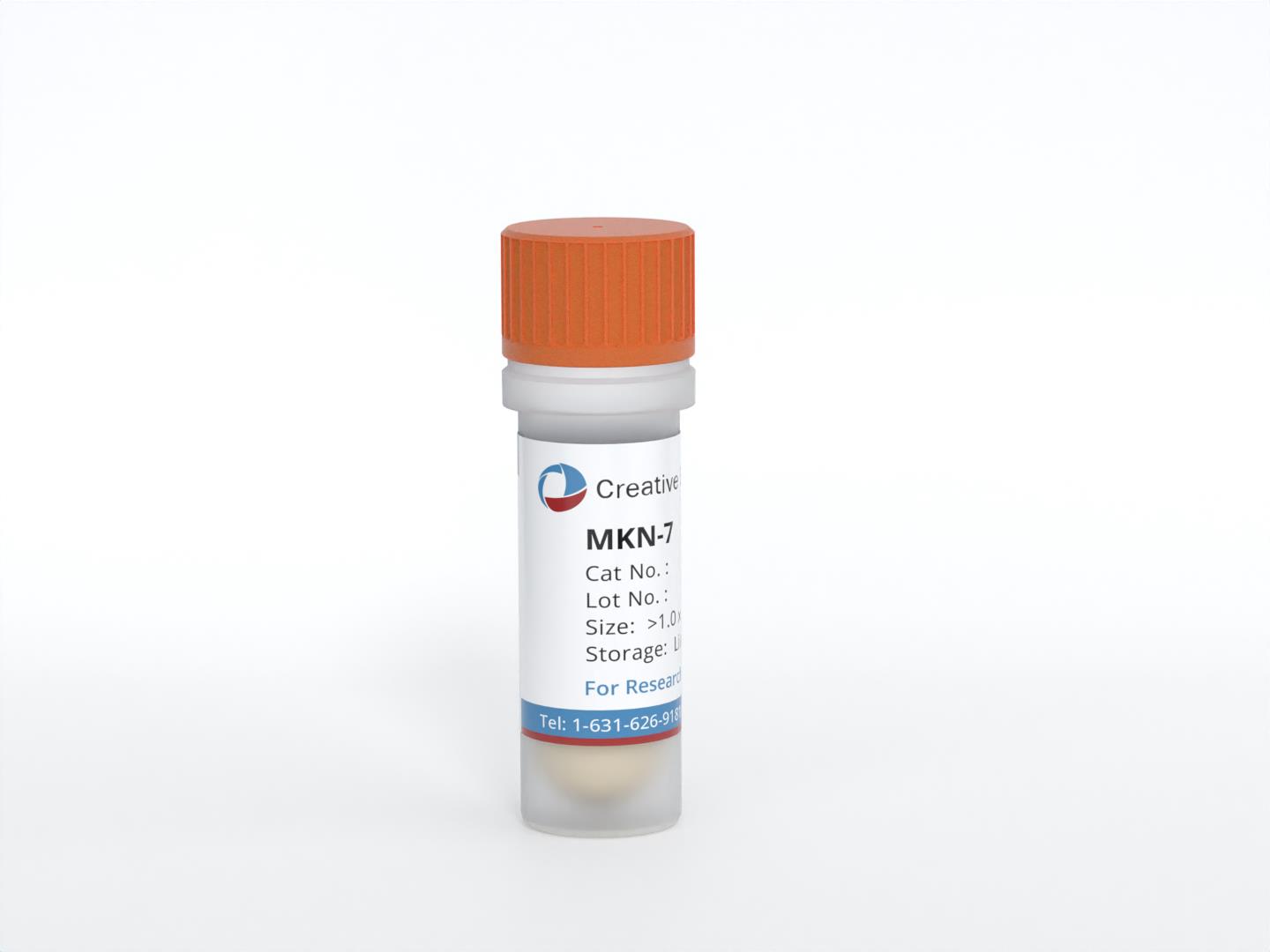
HuG1-N
Cat.No.: CSC-C6408J
Species: Homo sapiens (Human)
Source: Ascites Metastasis
Morphology: lymphocyte-like
Culture Properties: Suspension cells
- Specification
- Background
- Scientific Data
- Q & A
- Customer Review
Store in liquid nitrogen.
The HuG1-N cell line is a human gastric cancer cell line that is notable for producing a specific isoform of the enzyme alkaline phosphatase (ALP), known as the Nagao-type ALP. ALP is an enzyme that is involved in various physiological processes, and its expression is often altered in various disease states, including cancer. The Nagao-type ALP is a particular isoform of this enzyme that is associated with certain types of gastric and intestinal cancers.
By studying the HuG1-N cell line, researchers can gain insights into the role of the Nagao-type ALP in the context of gastric cancer. This information may help identify potential biomarkers or therapeutic targets related to this specific isoform of the enzyme, which could ultimately lead to the development of improved diagnostic and treatment strategies for gastric cancer patients.
Genes Commonly Modulated by Atra in G-INT Cell Lines
All-trans retinoic acid (ATRA) is one of the active metabolites of vitamin A. ATRA may have significant therapeutic potential also in the context of solid tumors, including gastric cancer. To evaluate possible associations with ATRA-sensitivity, RNA-seq studies were performed with 5 genomic-intestinal (G-INT) cell lines (MKN45, AGS, NCI-N87, HuG1-N, and OCUM-1) exposed to ATRA for 48 h, which are characterized by low ATRA-sensitivity (ATRA-score < 0.55). The 5 cell lines respond to ATRA with the up-/down-regulation of several hundred genes (Fig. 1A). Nevertheless, the number of commonly up-/down-regulated genes is limited to 24 and 3, respectively (Fig. 1A and B). Interestingly, 8 genes (BGALT5/SRI/EPB41L1/TINAGL1/LARGE1/SQSTM1/STK39/DHRS3), are up-regulated in both G-INT cells showing low and high ATRA-sensitivity.
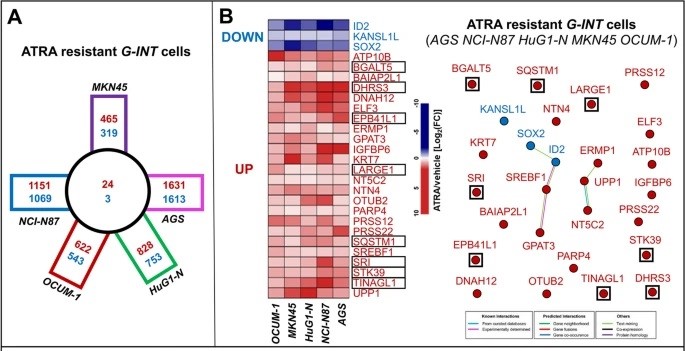 Fig. 1 The G-INT/retinoid-resistant MKN45/NCI-N87/AGS/OCUM-1/HuG1-N cell lines were exposed to vehicle (DMSO) or ATRA (1.0 µM) for 48 hours and subjected to RNA-Seq analysis. (Guarrera L, et al., 2023)
Fig. 1 The G-INT/retinoid-resistant MKN45/NCI-N87/AGS/OCUM-1/HuG1-N cell lines were exposed to vehicle (DMSO) or ATRA (1.0 µM) for 48 hours and subjected to RNA-Seq analysis. (Guarrera L, et al., 2023)
Ask a Question
Write your own review
- You May Also Need
- Adipose Tissue-Derived Stem Cells
- Human Neurons
- Mouse Probe
- Whole Chromosome Painting Probes
- Hepatic Cells
- Renal Cells
- In Vitro ADME Kits
- Tissue Microarray
- Tissue Blocks
- Tissue Sections
- FFPE Cell Pellet
- Probe
- Centromere Probes
- Telomere Probes
- Satellite Enumeration Probes
- Subtelomere Specific Probes
- Bacterial Probes
- ISH/FISH Probes
- Exosome Isolation Kit
- Human Adult Stem Cells
- Mouse Stem Cells
- iPSCs
- Mouse Embryonic Stem Cells
- iPSC Differentiation Kits
- Mesenchymal Stem Cells
- Immortalized Human Cells
- Immortalized Murine Cells
- Cell Immortalization Kit
- Adipose Cells
- Cardiac Cells
- Dermal Cells
- Epidermal Cells
- Peripheral Blood Mononuclear Cells
- Umbilical Cord Cells
- Monkey Primary Cells
- Mouse Primary Cells
- Breast Tumor Cells
- Colorectal Tumor Cells
- Esophageal Tumor Cells
- Lung Tumor Cells
- Leukemia/Lymphoma/Myeloma Cells
- Ovarian Tumor Cells
- Pancreatic Tumor Cells
- Mouse Tumor Cells
